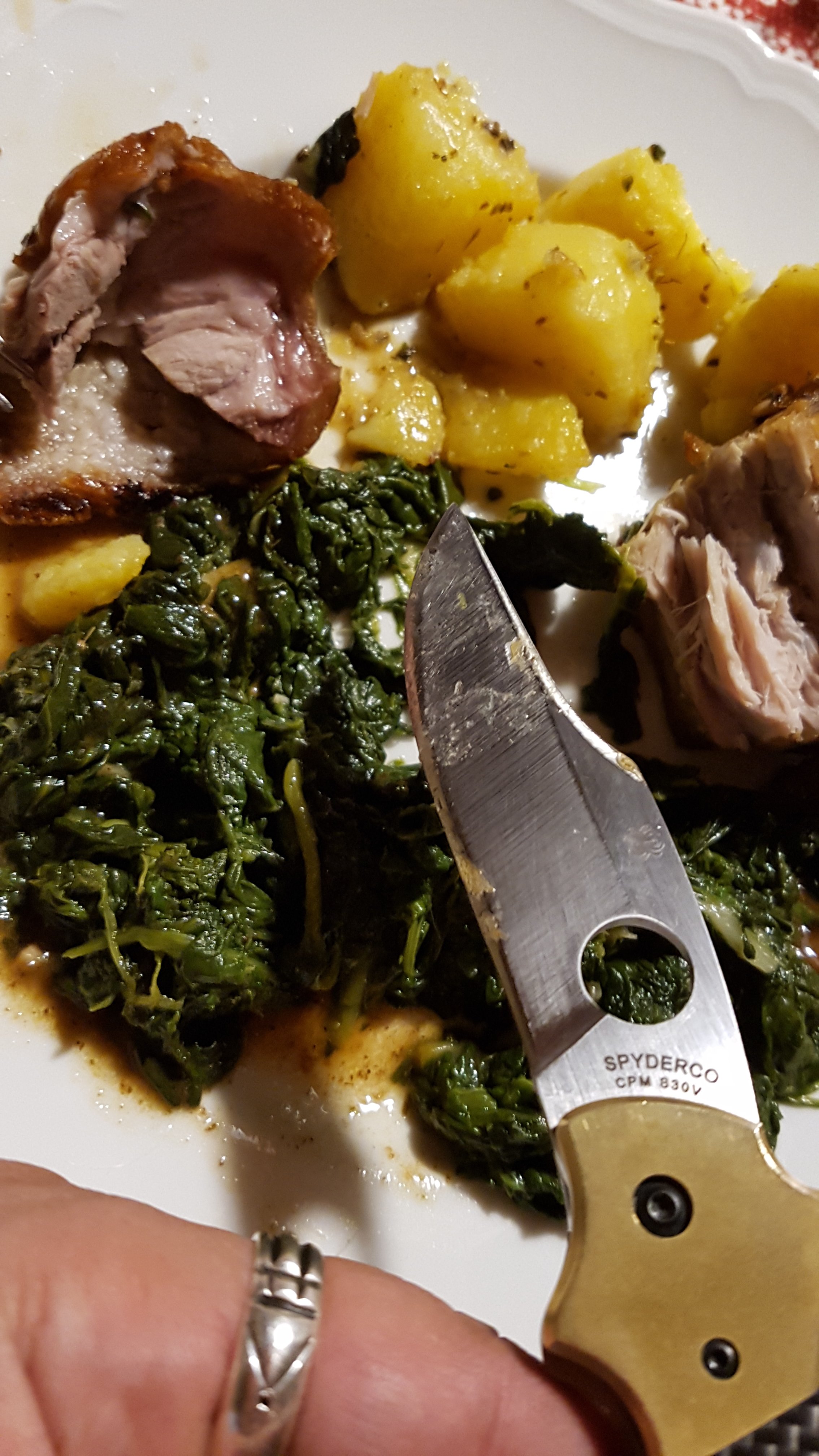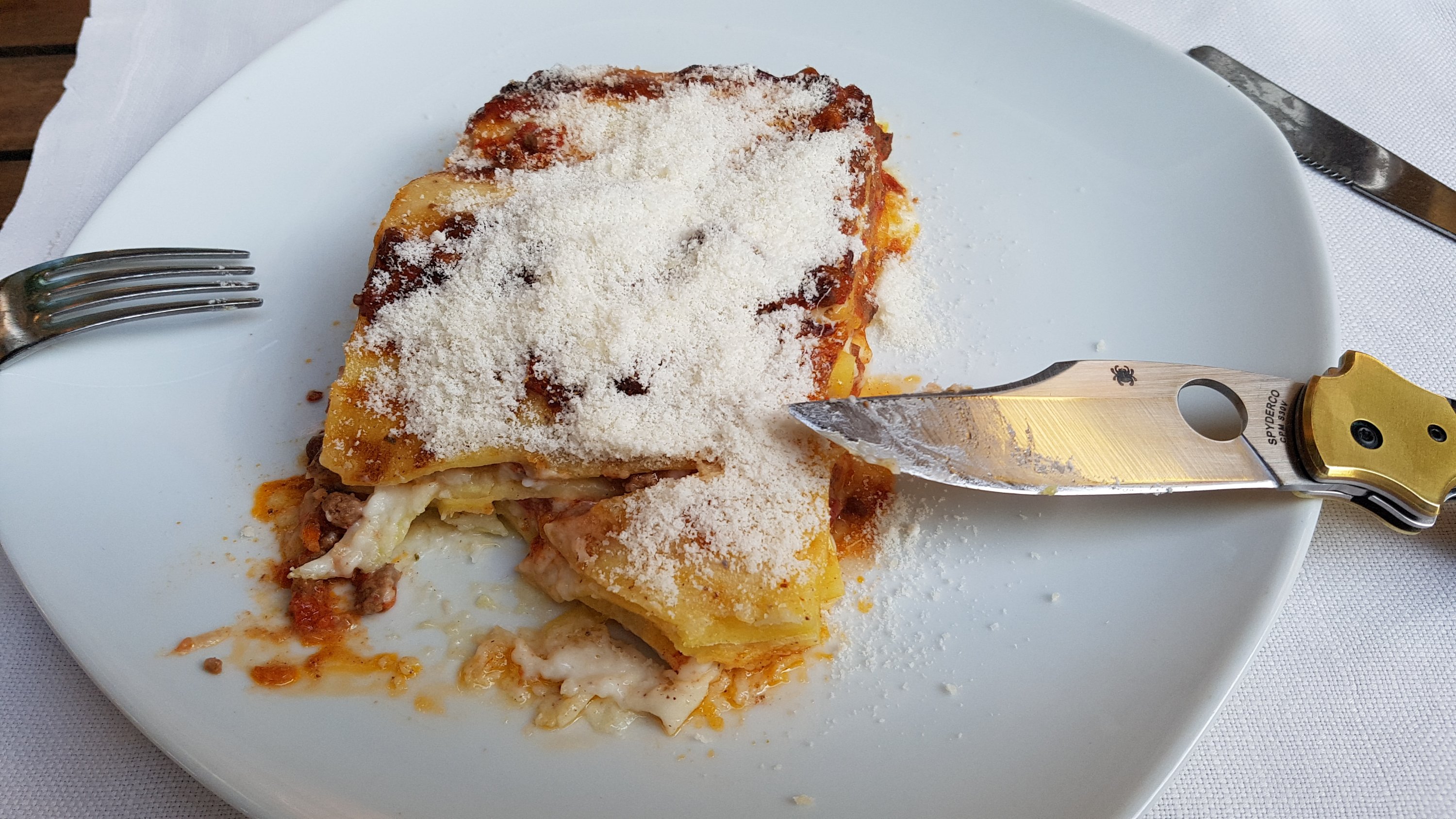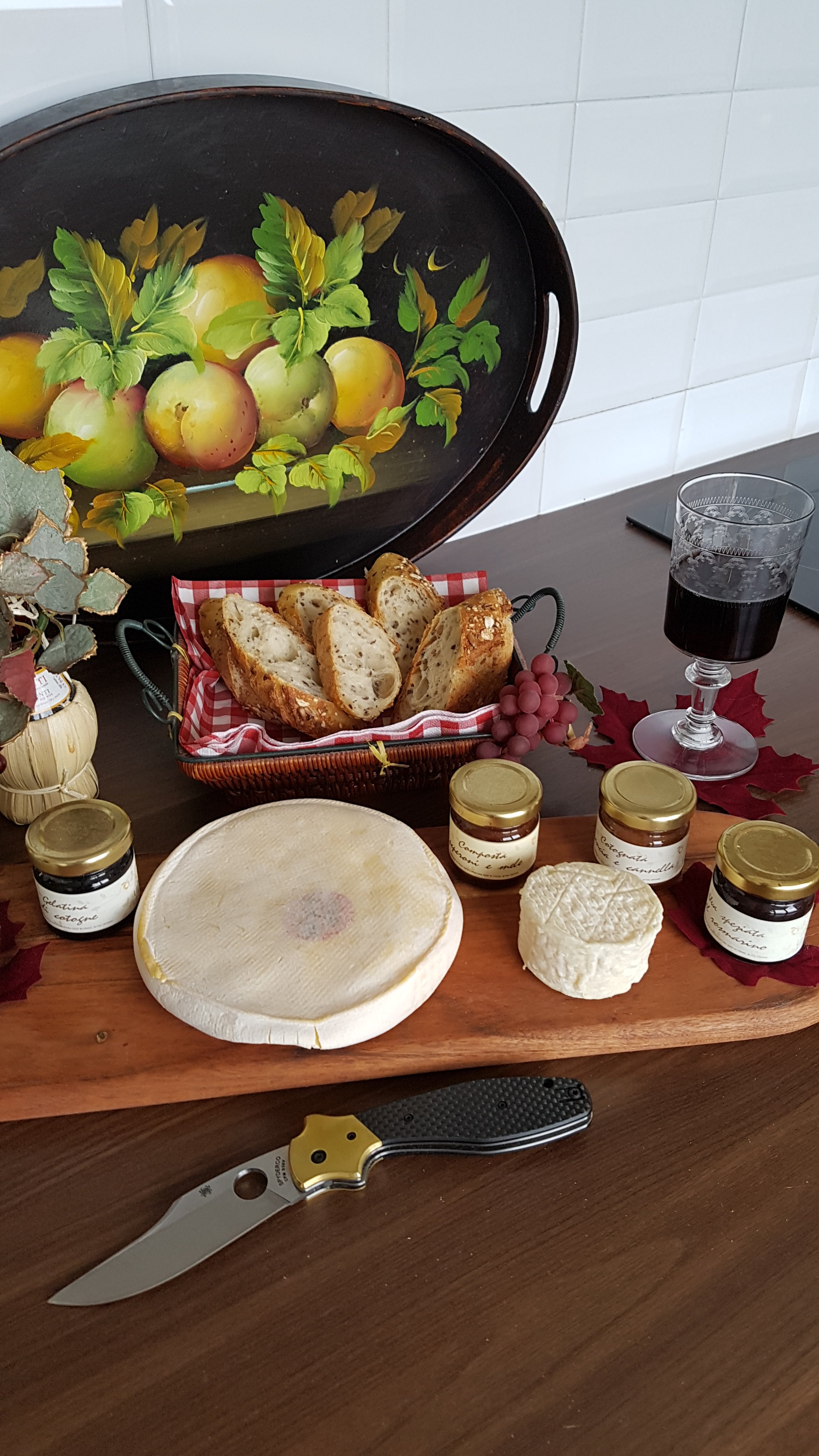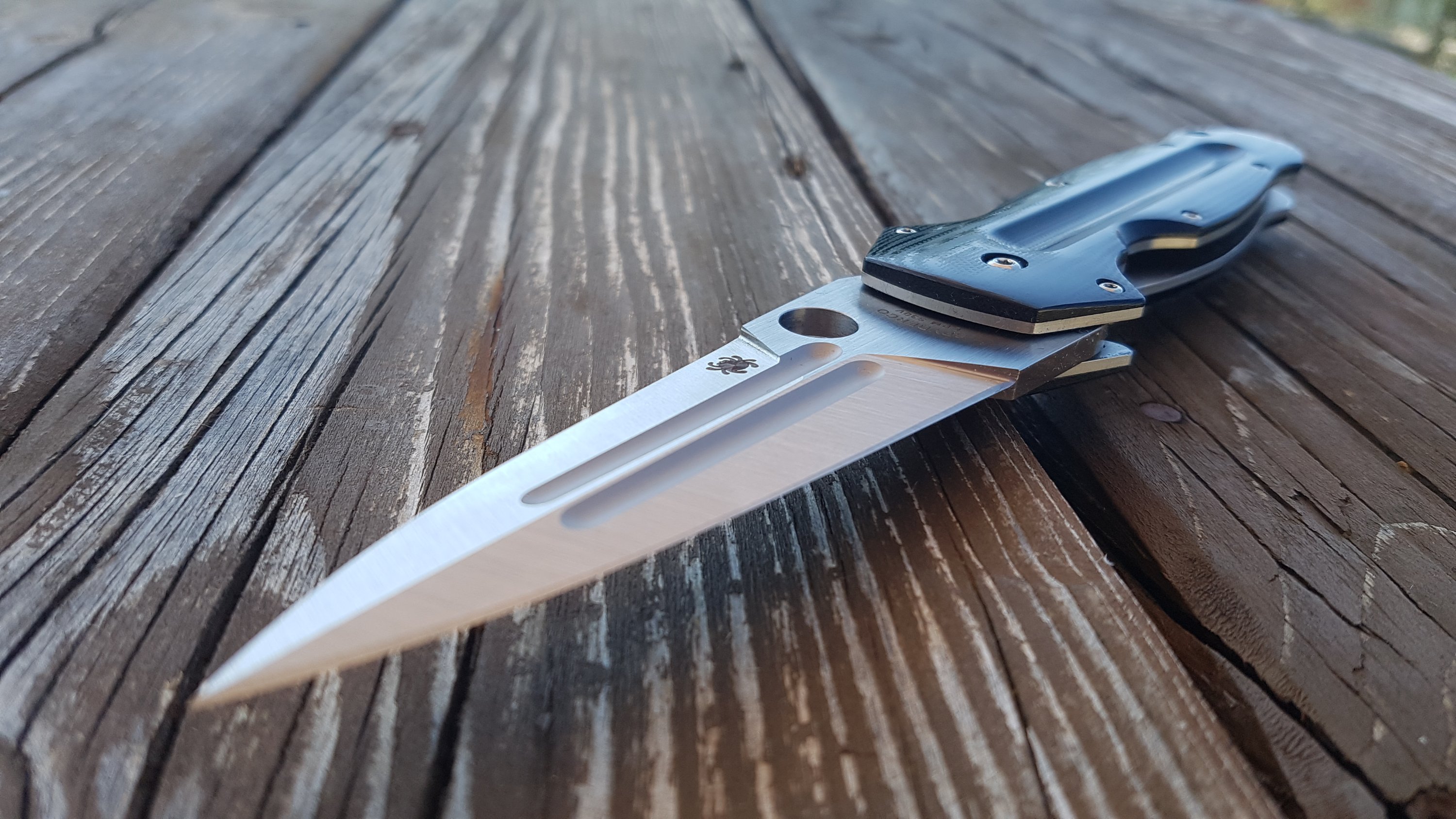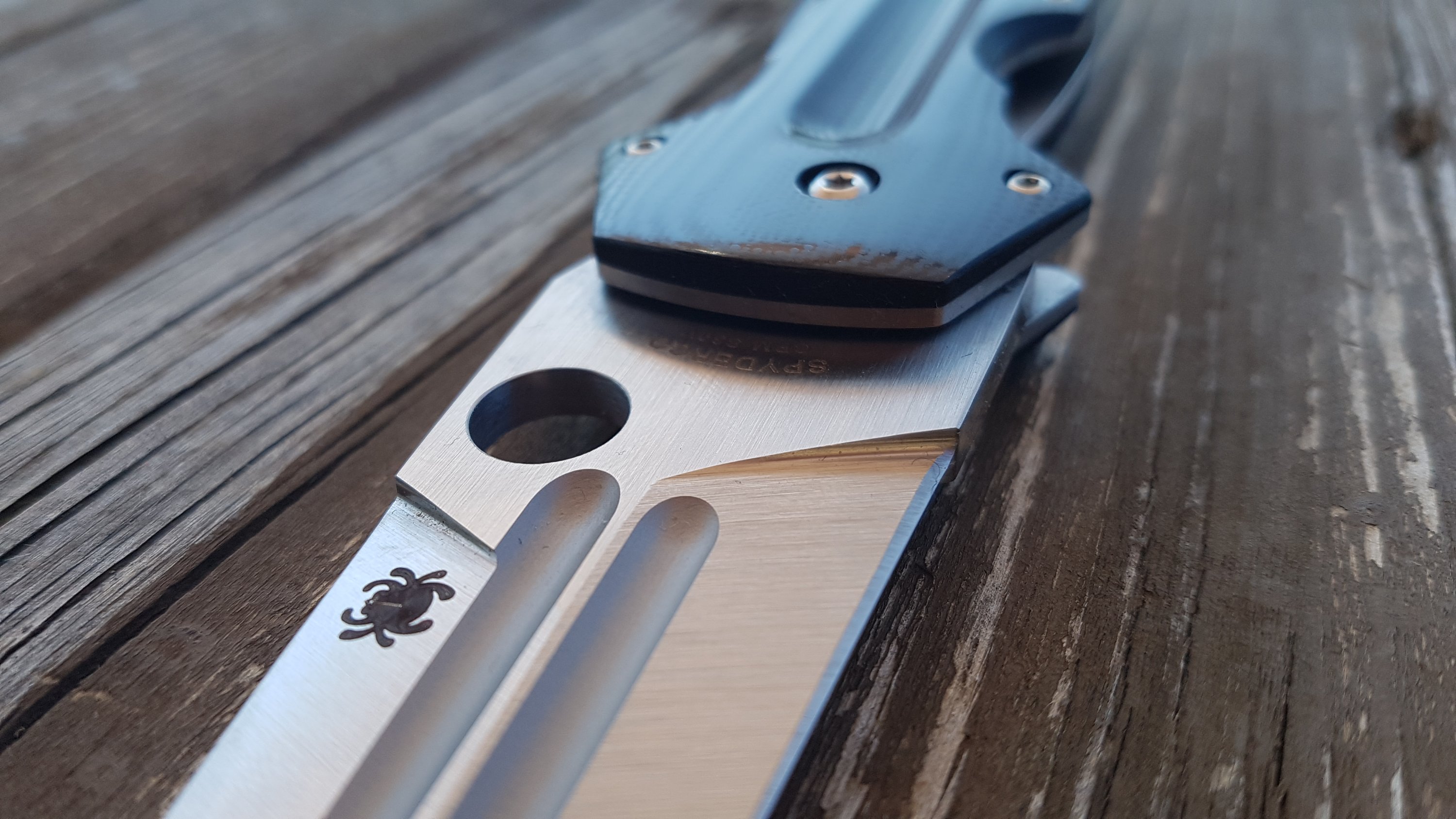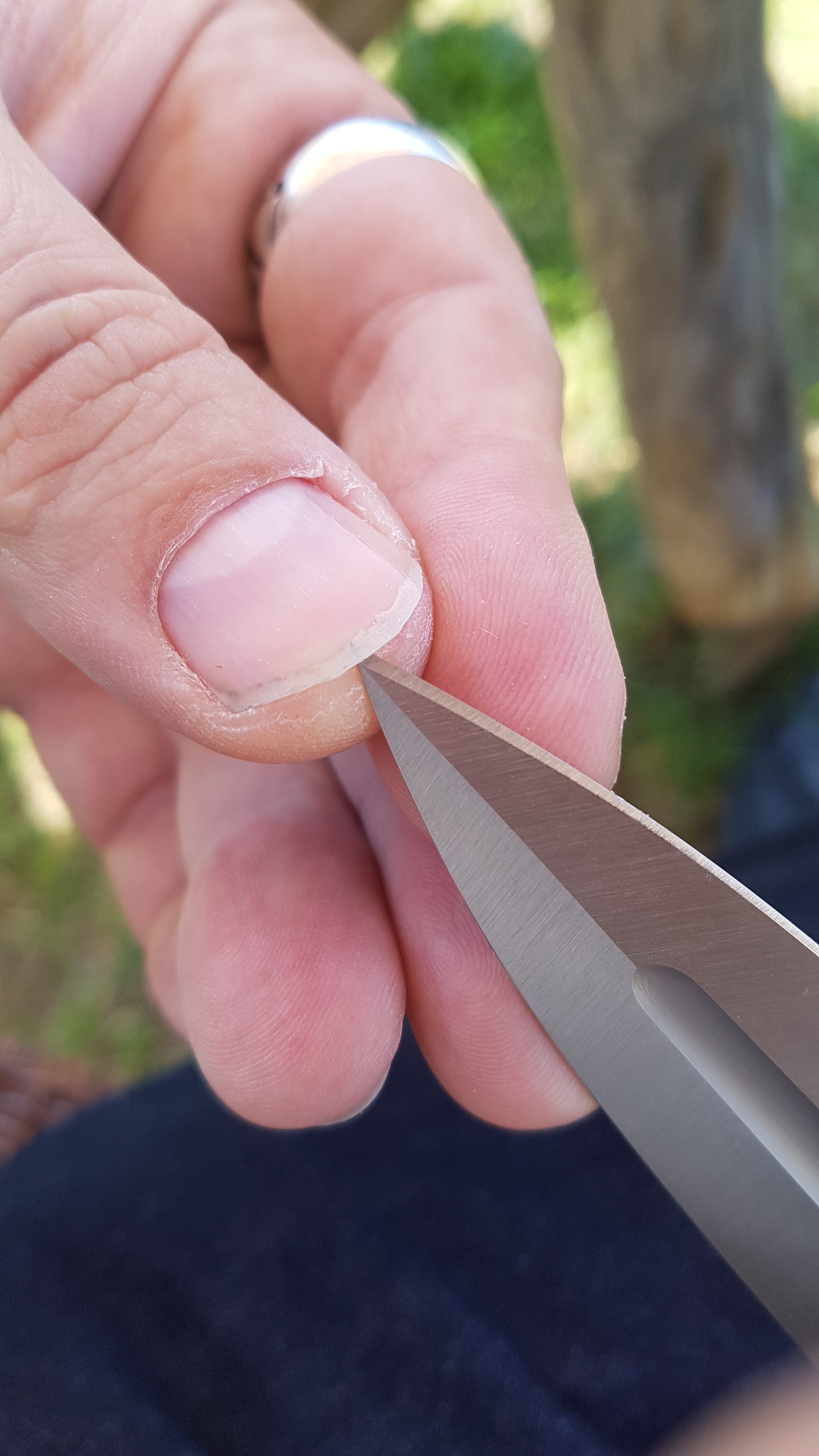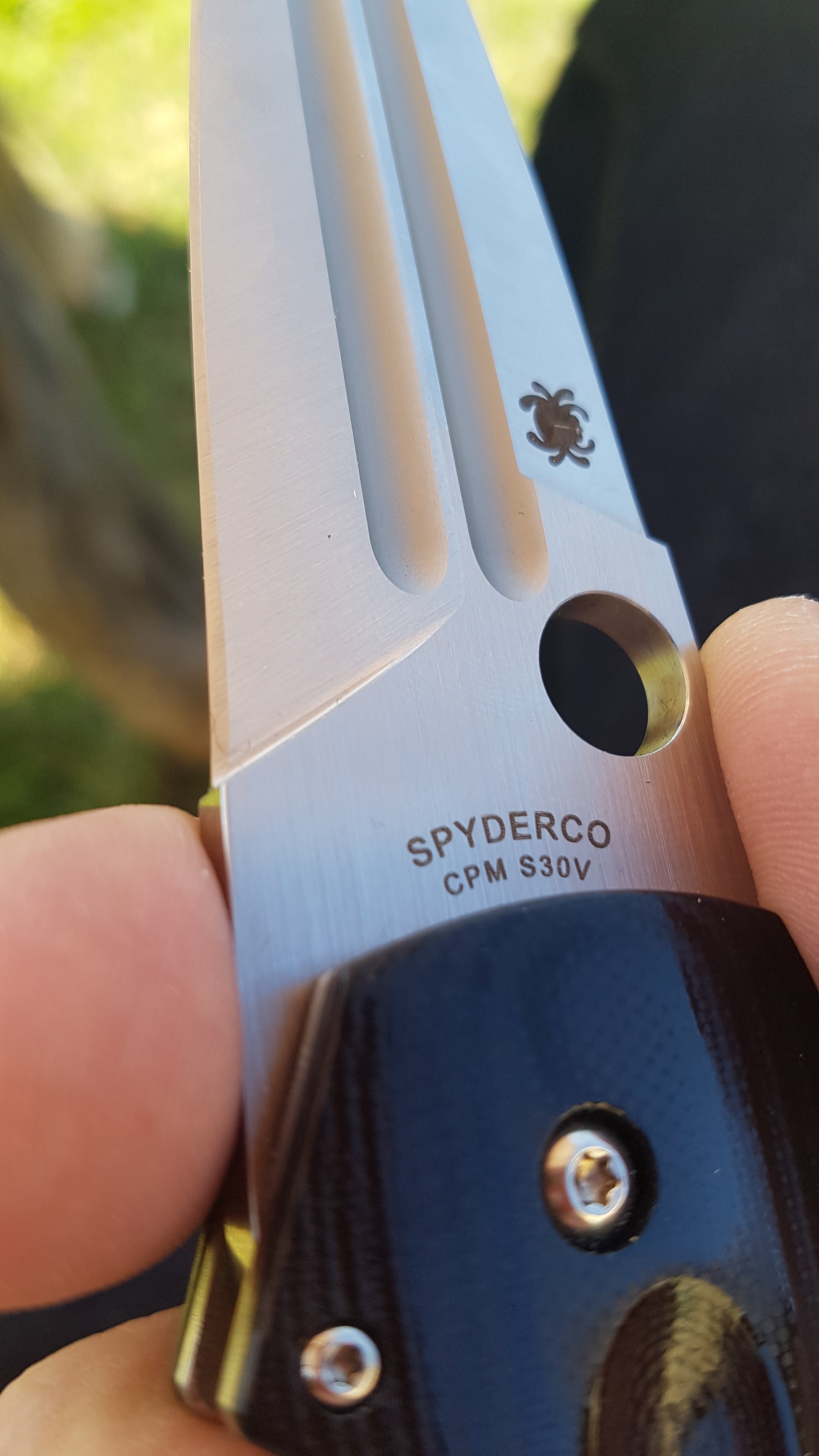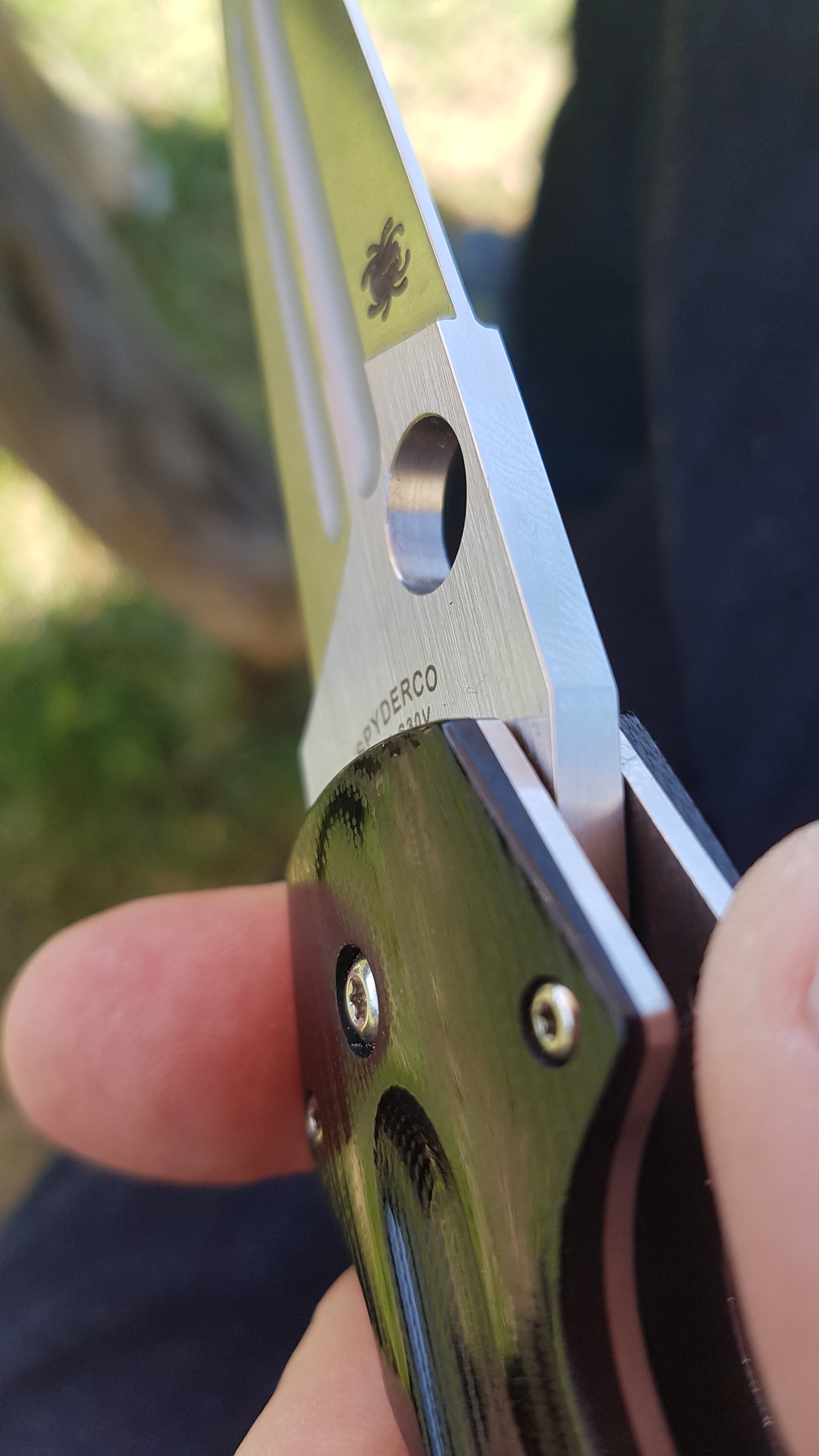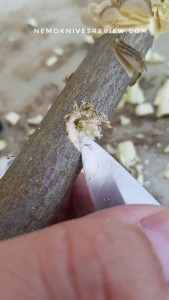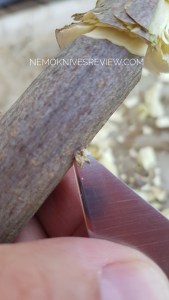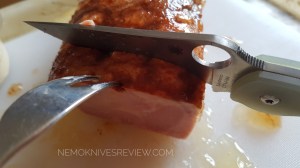
Here it is, the new Marcin Slysz designed Spydie some have been dreaming for almost 10 years. Inspired by 19th Century pocket knives design this is another grand child of the Mighty Sebenza with a Reeve Integral Lock and many other details which relie on Reeve’s legacy of making high quality folding workhorses.
(BTW big kuddos to the Coutellerie Tourangelle which has been able to send it during vacation’s period in 3 days.)
You will see, it is more a Sebenza’ heir that I thought.
Let’s read the description:
“Inspired by 19th century English Jack knives, the sway back pattern is a stylish and extremely functional cutting tool. In his latest Spyderco collaboration, renowned Polish knifemaker Marcin Slysz supercharges this classic design by rendering it with state-of-the-art materials and craftsmanship.
The SwayBack’s hollow-ground Wharncliffe blade is crafted from CTS® XHP stainless steel and has a handsome stonewashed finish. It is housed in an open-backed handle constructed with solid titanium scales. Both scales are beautifully crowned for comfort and the reverse-side scale forms the foundation of a sturdy Reeve Integral Lock (R.I.L.) with a stainless steel interface.
A polished stainless steel clip provides convenient carry and is reversible for left or right-side tip-up access.“
OK… Polished stainless steel on a Polish expensive knife… tss.. tss…
Now the specs:
Overall Length 204mm
Blade Length 90mm
Steel CTS XHP
Closed Length 115mm
Edge Length 84mm
Weight 111g
Blade Thickness 3.5mm
When I have receive the knife I was chocked. Chocked by a simple fact: I could not open that damn folder with one hand ! It was like glued !!
Two hands I could. One hand -> impossible. Glued.
Again: IMPOSSIBLE. And again. And again.
The hole is not sharp, he got a light bevel and my thumb cannot catch it.
In fact, as seen on the 3rd picture, the lock bar is wide, the hole is deep in the handle, so instinctively my other fingers push the bar and augment the detent strength -> you can not open it.
On the second picture you can notice my middle finger pushing the handle’s bar of the the frame lock.
So I was the source of my problem. Not the knife.
It is just a matter of NOT touching the lock bar when opening the damn thing !
Also it is also important to push at 90° from the handle, like Chris Reeve was advising 20 years ago about his Sebenza. You see ? It is really a Sebbie grand child. 🙂
With the Spyderco Ikushi, this is my second tricky Spyderco. Eventually I gave up on the Ikushi. The Swayback is more on a learn curve and finding new muscle motors way.

As you can notice, it ask a little gymnastical way: holding the knife by the pivot and the clip. But it is learnt quick.
I really thought it is the answer of Marcin to all that fidget fashion.
For example the Para3 is so easy to open and close it is almost a game for some people. Click open. Clack closed.
But here, the Swayback tells you “I am a very serious knife ! Not a toy.”
Like Chris Reeve said: “Think twice, cut once”.
You open it with a certain joy and he closes just by gravity.
It is ‘that’ good.
Perhaps this is also a way to force you to use two hands to opening it. It is a polite way to open your knife in public. Also it prevents children or other people to open the knife without your permission. In this case it is great ! 🙂
I also found a way to open it in reverse grip with my ring finger.
It is also a very polite way to open a folder as the point is turned toward yourself. Also the reverse grip is really made for that knife.

Now the other point of disappointment is the stainless steel clip.

It is high and really not in the style of all the previous Spyderco Slycz which were wired like you can see it on my picture of the Swayback next to the Spydiechef.
I got some titanium clips in spare so let see… which one could fit.

They are all as high as the OEM Spyderco but I do not wanted the deep carry titanium clip to stand over the handle edge. Also I wanted it to match the handle better.
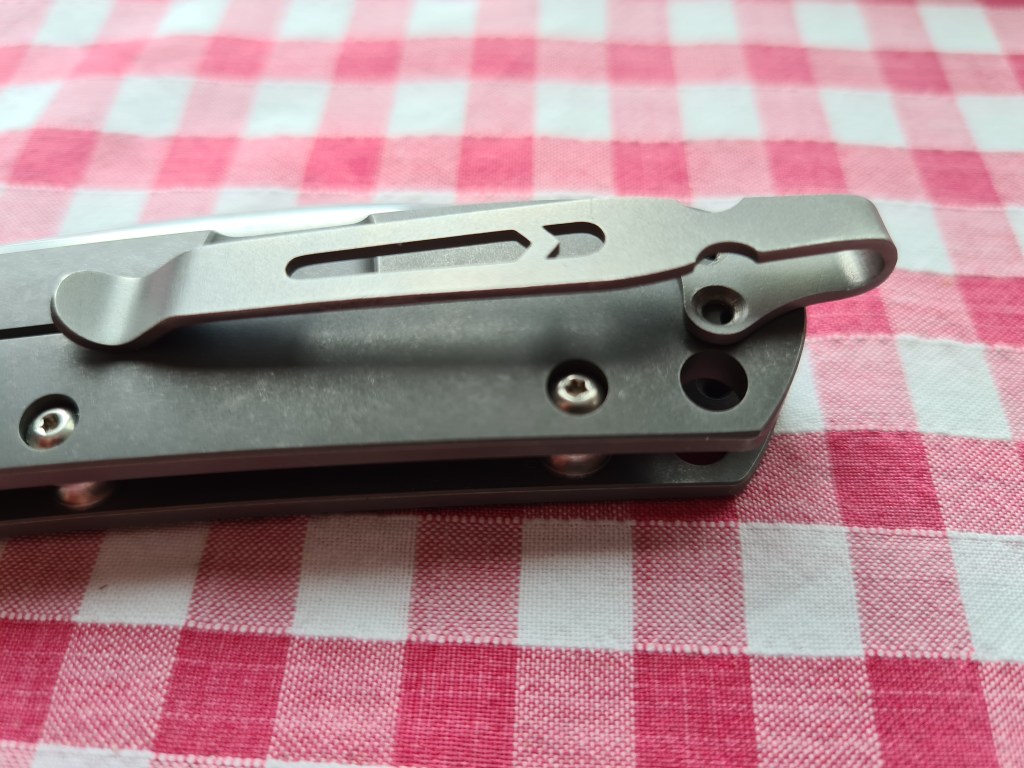
Too long….

Too shiny…

Perfect.
So let’s make some pictures:


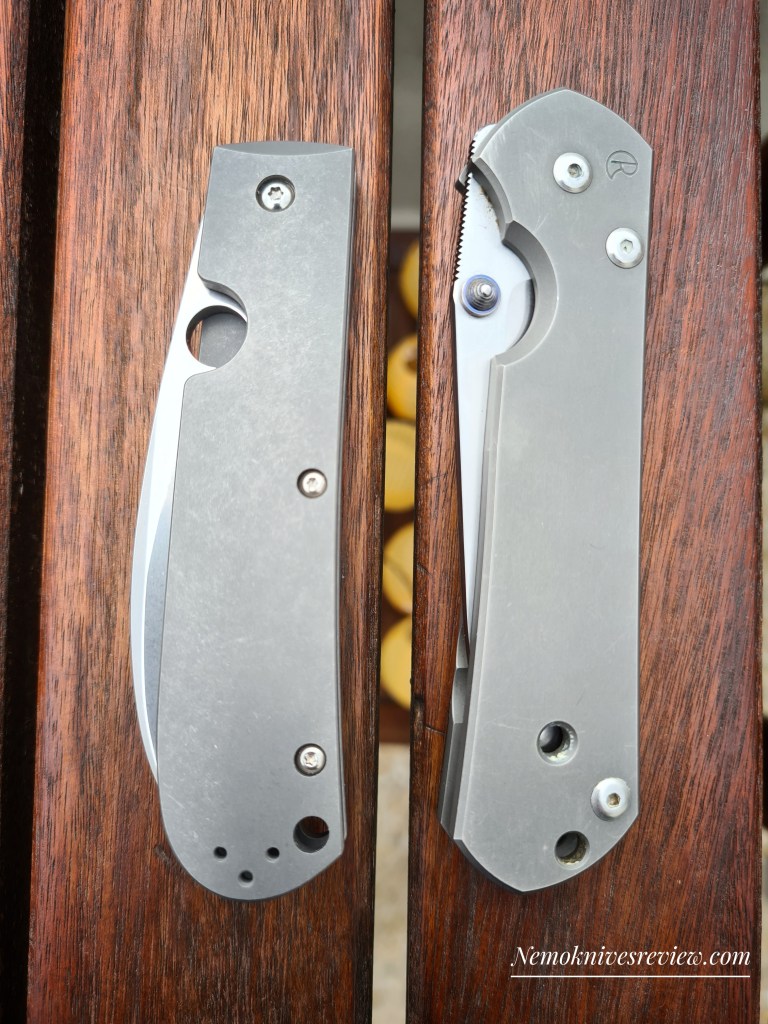



- You can notice how wide the bar lock is on the Swayback compared to the Spydiechef.

So now the edge is very thin on this knife. It is an hollow ground blade like the Sebbie. My 1997 ATS34 is still in a great shape.

Let’s try the edge….
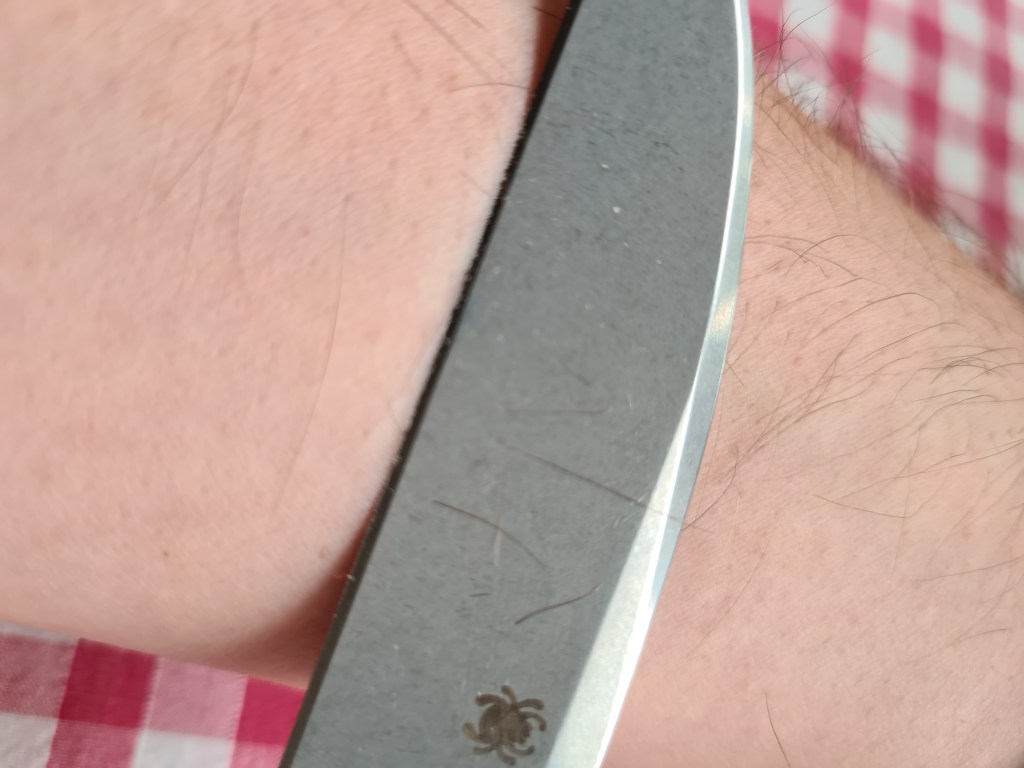




The factory edge is impressive. Just a few pass on leather and it get to real razor. CTX XHP fine grain is known for that behavior.
I have used it on tomatoes and it passed the test with the famous flying colours.

It is a relatively big folder with great ergos. I appreciate the hidden “choil” or hidden guard and the sway back fits the meat of my palm perfectly. No hot spot there, even with the old or new clip.

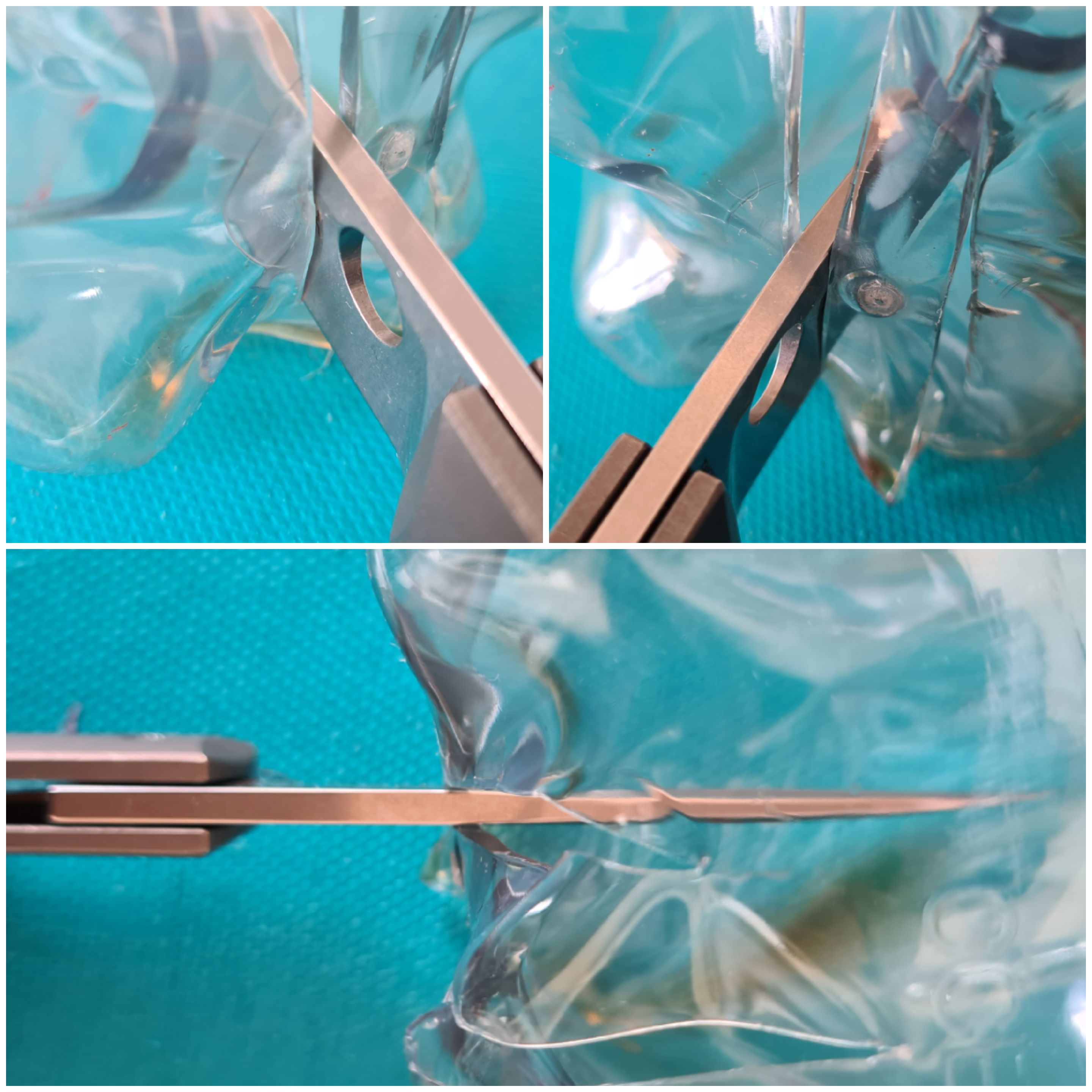
The plastic coke bottle’s butt has been perfectly passed. It is really amazing.
The edge/handle ratio is also great. It is really a tool which screams to be used and looking forward to use it on wood for whittling. There is plenty of space for my thumb to push on the spine.
The Swayback is also an exquisite work of love by Taichung plant.
Many details are hidden like the double pins screw inside the blade around the pivot. They works as stop pin with bevel inside the slabs.
Nick Shabbaz has made a nice video about it.
Taichung rocks really.

So here we got a very elegant folder with a lot of very thin edge. I told you it is very CRK in his blood.
The clip provided is OK but it is a matter of preference to find another one. Once you have learned to put your index high on the handle, near the pivot, the opening is flawless.

It is very very sharp and the straight edge us generous in length and geometry.
I’m looking forward using it and it will the in another article.

And now you can proudly say: “THIS IS THE SWAY !!” 😉


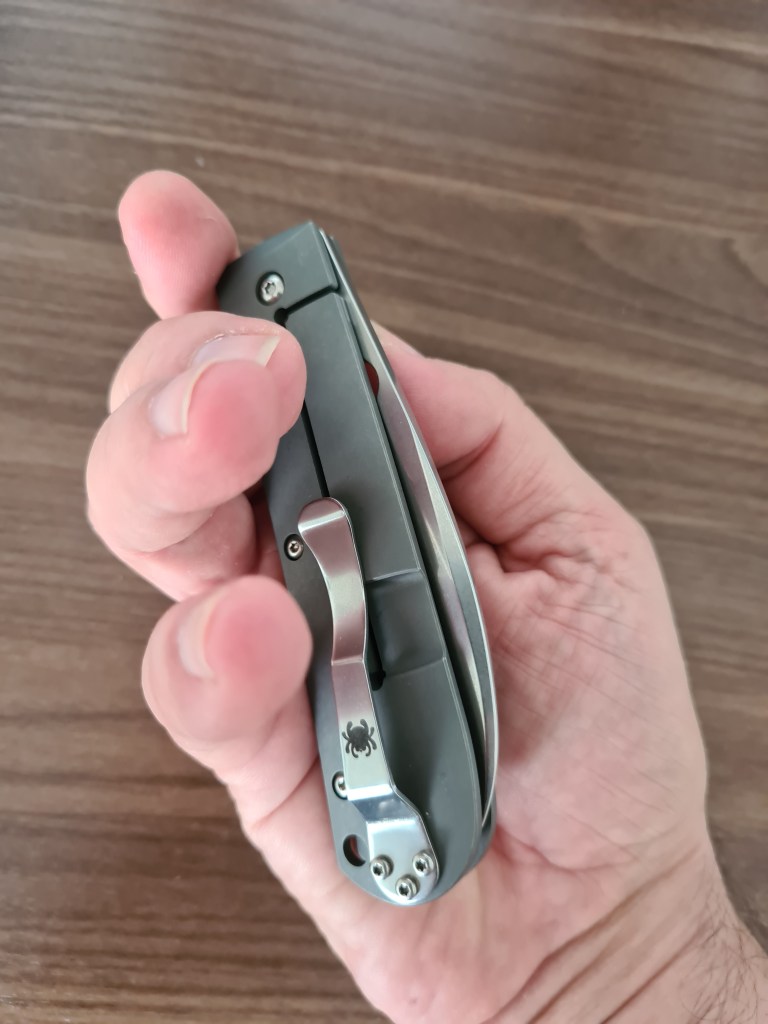
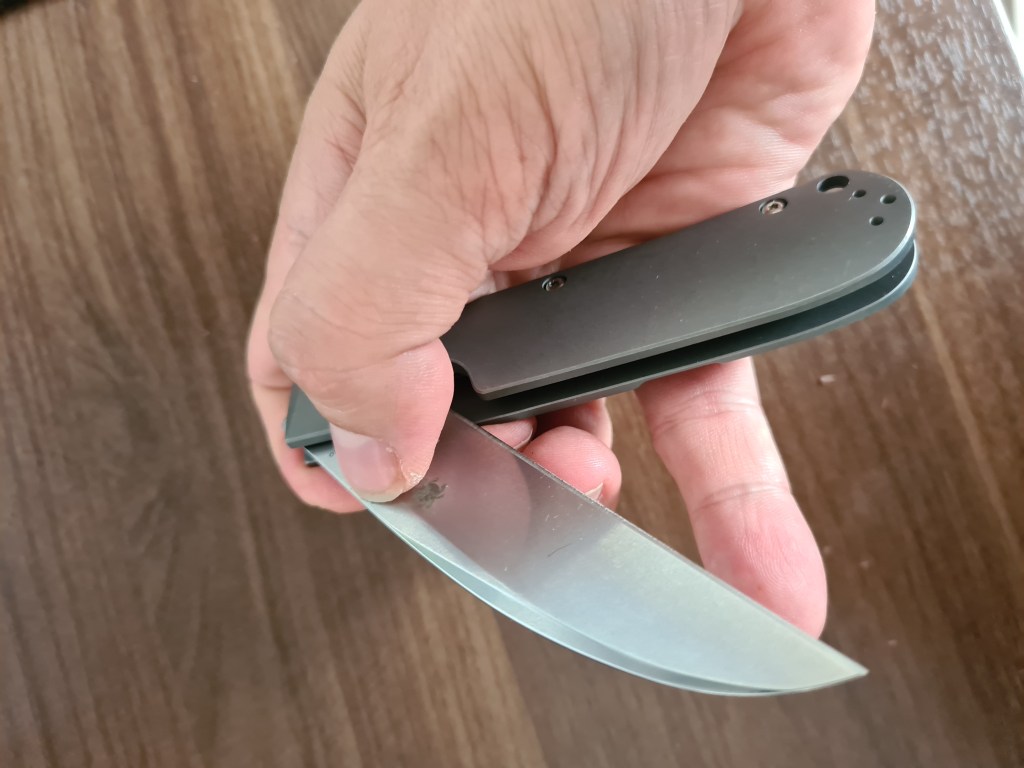
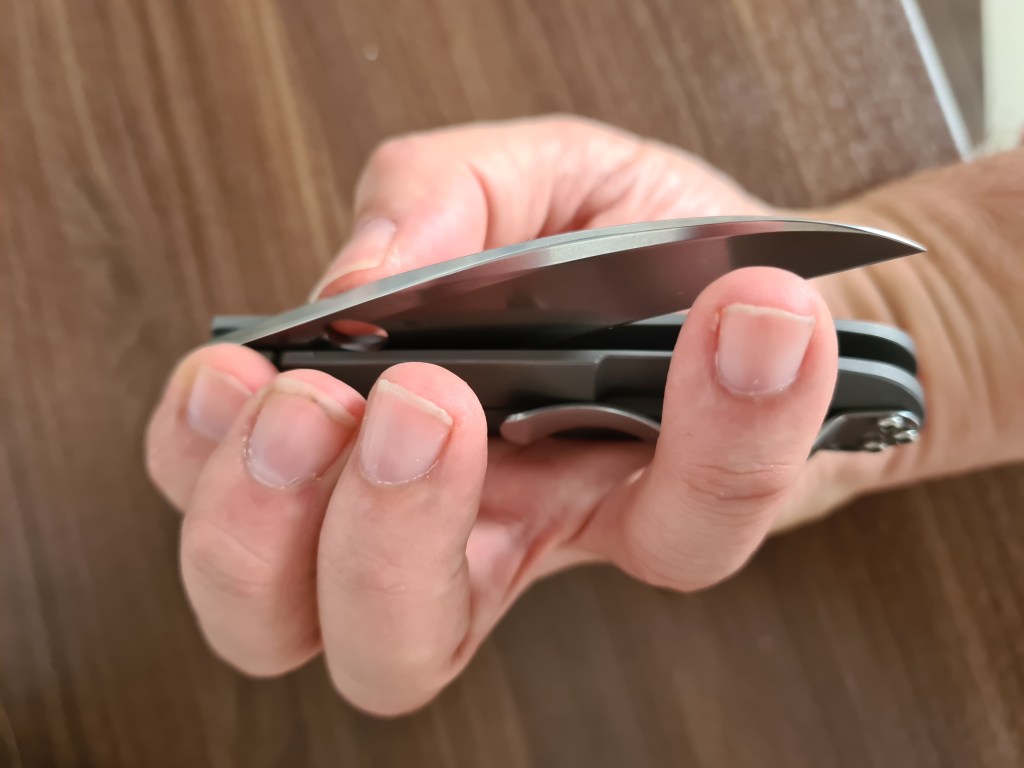
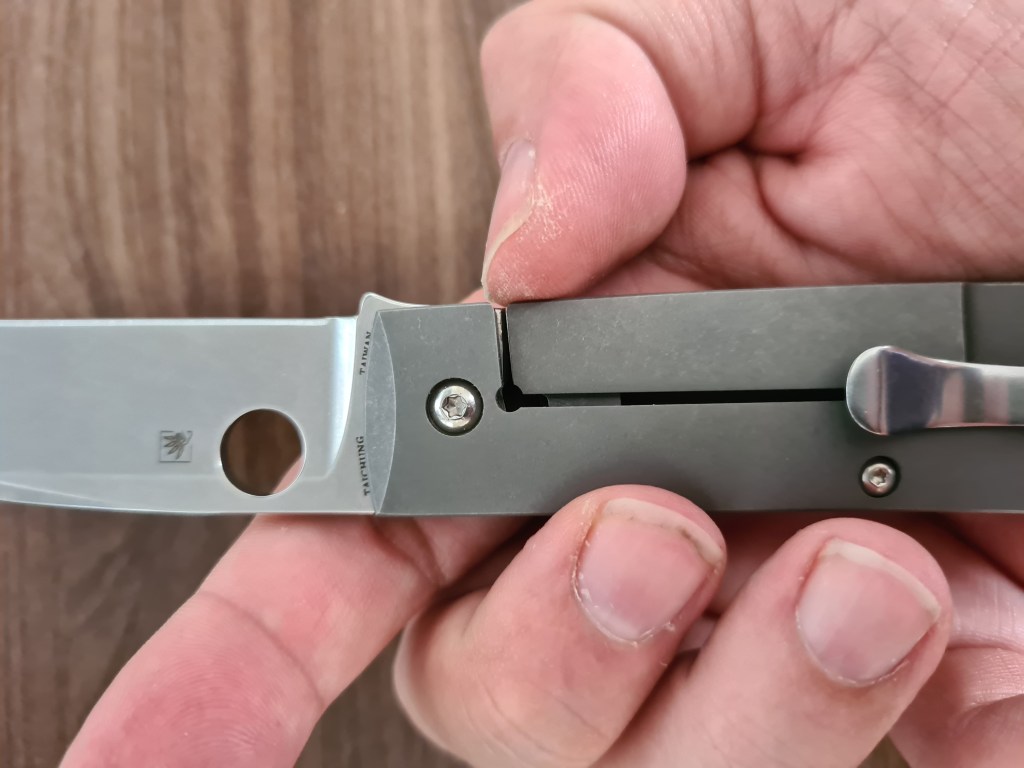
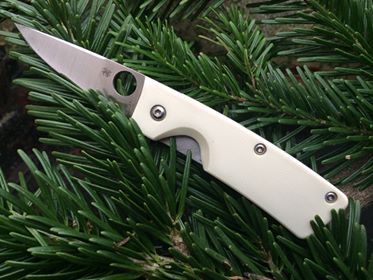
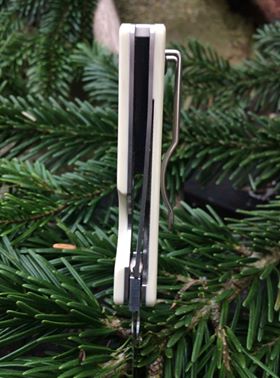



















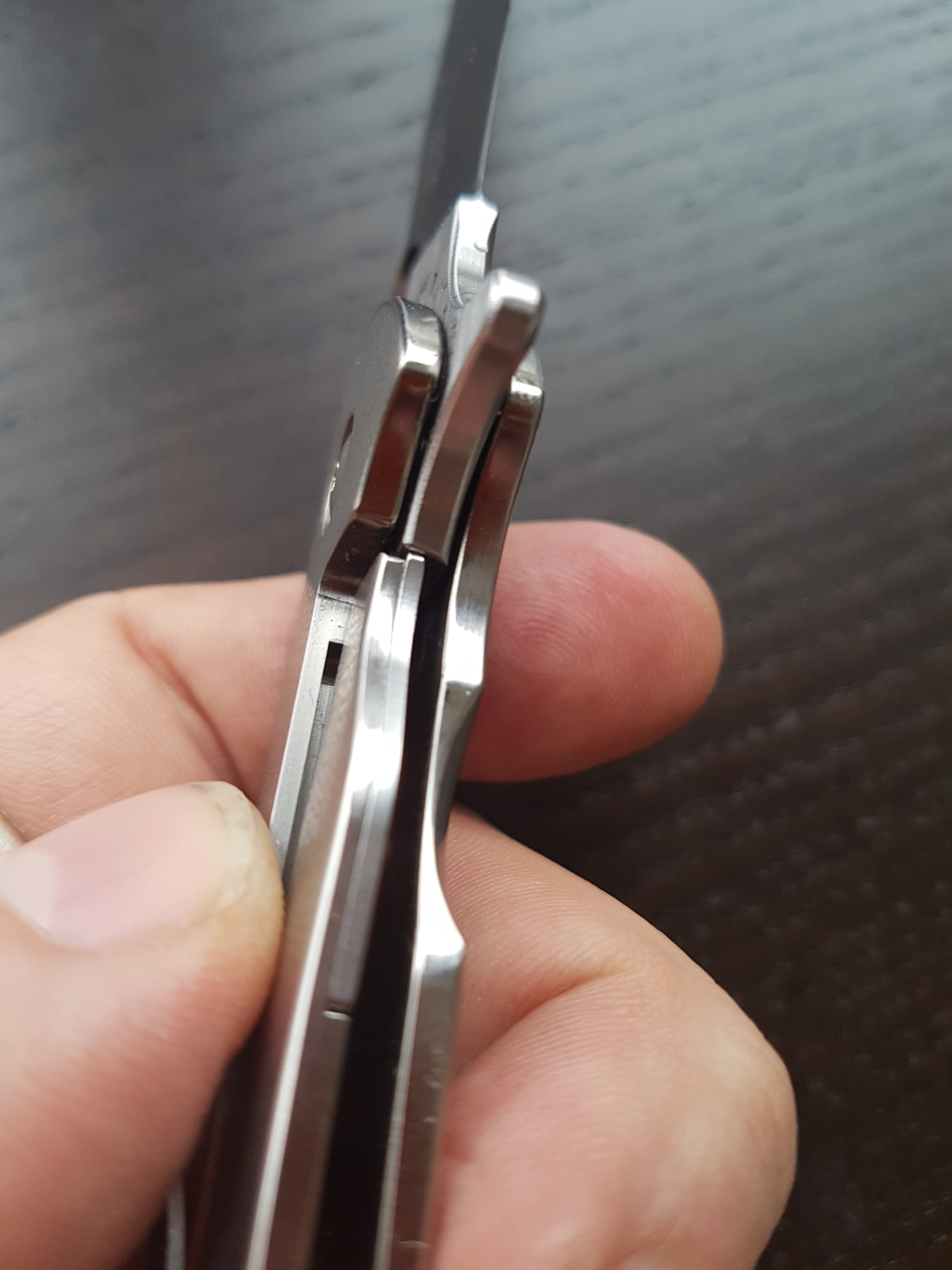

































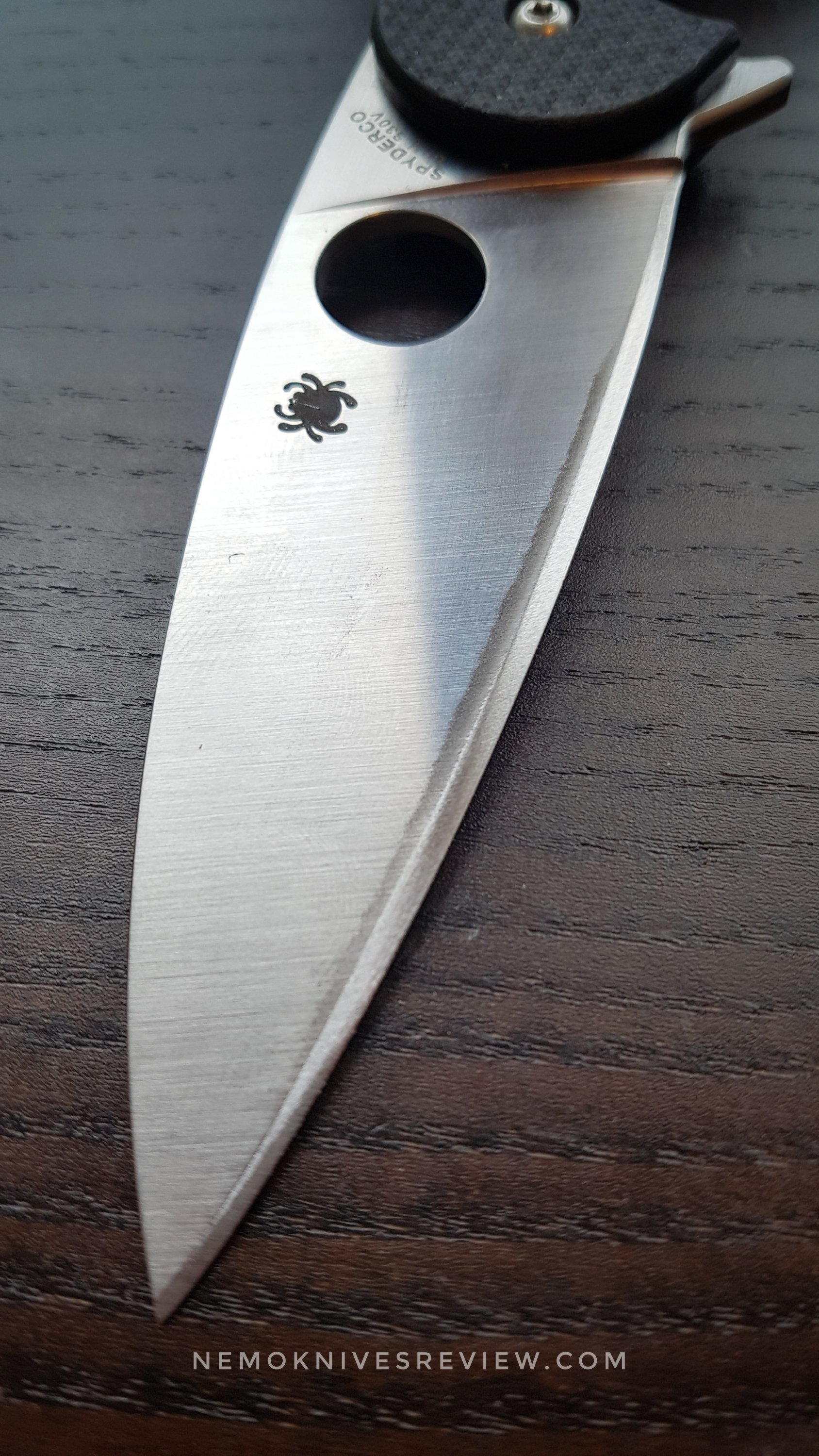








































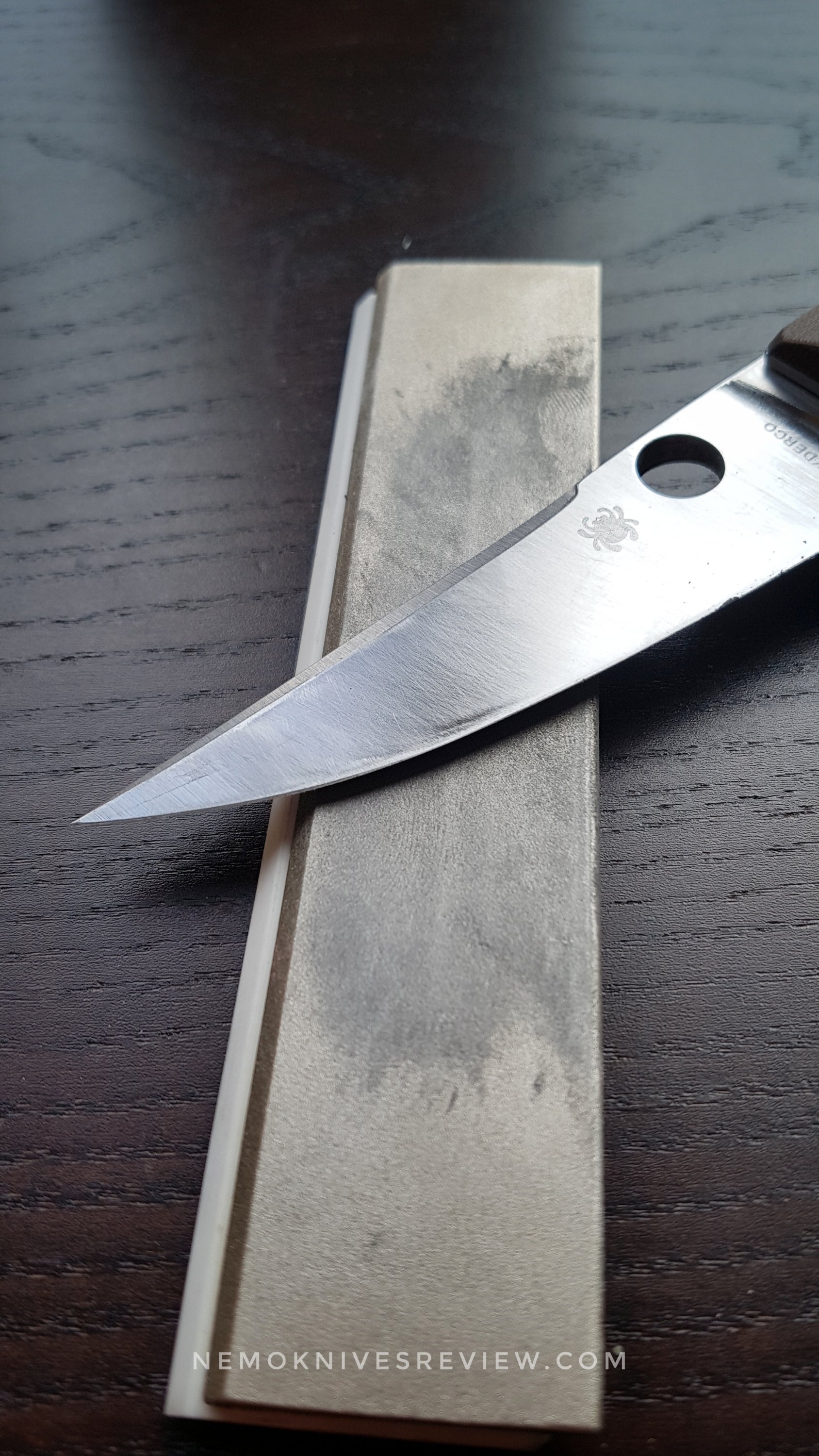
 There is a lot of matter to remove and by hand, it takes some time.
There is a lot of matter to remove and by hand, it takes some time.












